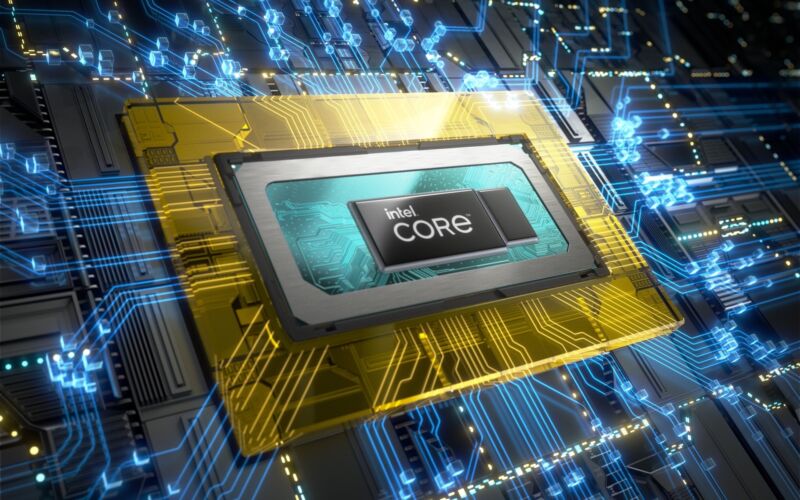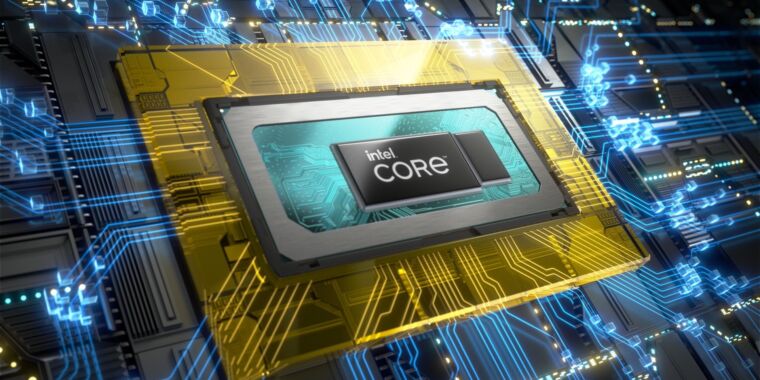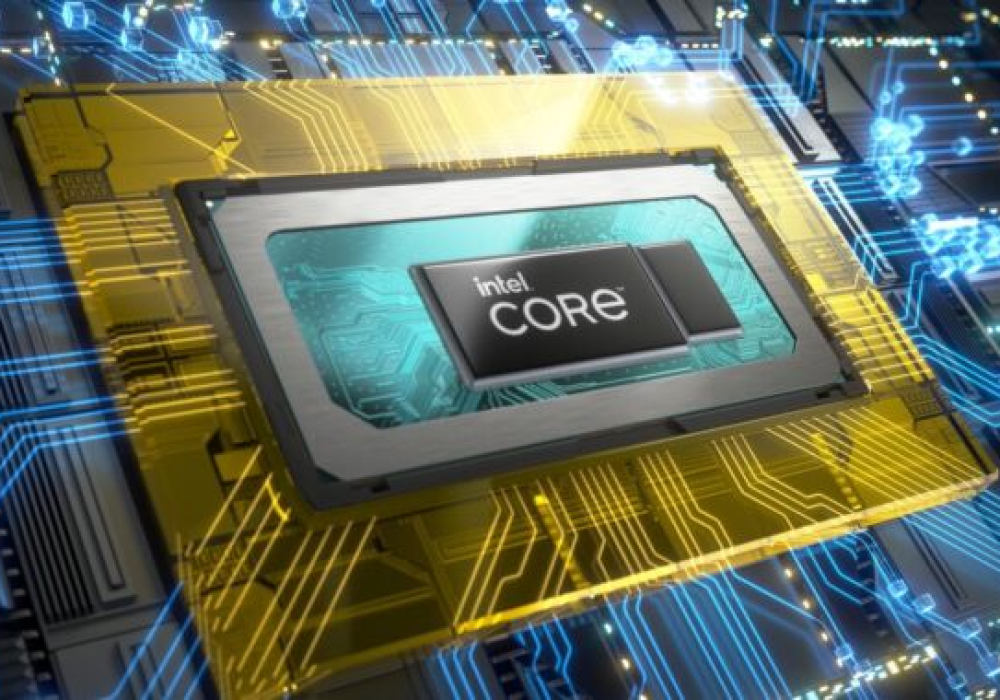
Intel
We were impressed with Intel’s top-tier 12th-generation desktop chips. Though still power-hungry compared to competing AMD Ryzen processors, their combination of big performance cores (P-cores) and clusters of small efficiency cores (E-cores) helped them shine under all kinds of workloads, including games that favor fewer, faster cores and video encoding and rendering tasks that benefit from every core you can throw at them.
The laptop versions of those chips, which Intel announced at CES earlier this month, don’t have access to a desktop computer’s huge power supply or beefy cooling systems. They also don’t benefit from being compared to mediocre predecessors. 11th-generation Core desktop processors backported a new CPU architecture to Intel’s decrepit 14nm manufacturing process with unimpressive results, while 11th-generation Core laptop chips benefitted from the newer 10nm process and correspondingly lower heat and power consumption. The 12th-generation chips use the same process, though it has been re-dubbed “Intel 7” to close the PR gap between Intel’s 10nm process and TSMC’s 7nm process.
The first Alder Lake laptop processor to find its way into our hands is the tippy-top-end Core i9-12900HK, the fastest of the bunch. In our testing, we tried to see whether the laptop version of Alder Lake strikes the same performance balance as the desktop version—fast cores when you need fast cores and lots of cores when you need lots of cores.
Alder Lake-H, a primer
The i9-12900HK sits at the top of Intel’s high-performance laptop CPU lineup. It combines six P-cores and eight E-cores for a total of 14 cores and 20 threads, with a peak Turbo Boost clock speed of 5 GHz for the P-cores. In the past, Intel has included eight P-cores in its fastest Core i9 desktop chips, not six. But most of the 12th-generation laptop CPUs (from the Core i9-12900HK all the way down to the Celeron 7305) trade one or two P-cores for a cluster or two of E-cores on the assumption that more, slower cores will be better for multi-core work.

Intel
Most of the Core i9 and i7 chips use the same six P-core/eight E-core configuration as the i9-12900HK, though the i7-12650H uses six P-cores and four E-cores instead. The more affordable Core i5 chips step down to just four P-cores across the board, with either eight or four E-cores, depending on the chip.
Unlike the desktop Alder Lake CPUs, there’s no such thing as an Alder Lake chip without E-cores—there’s no direct replacement for the older chips that only used P-cores. Most of the time, the 12th-generation chips will end up being as fast or faster than the processors they replace. But it does mean that older operating systems without full Thread Director support, including Windows 10, will never work quite as well on these systems as new OSes do.










